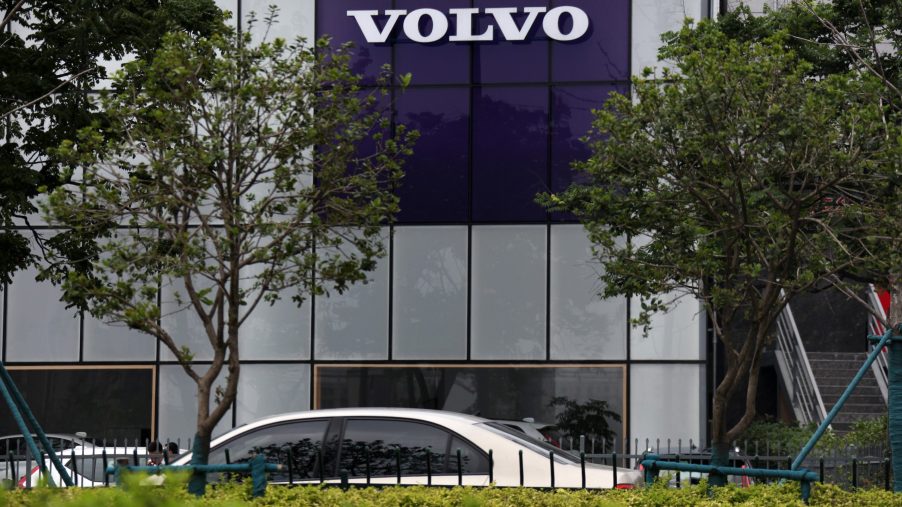
Did Volvo’s Big Gamble on Its Engines Pay Off?
For many of us, engines are a mystery. We don’t pay much attention to it unless it fails to start, and then we call in a mechanic to fix it. Yet we really should pay more attention to the engine in our vehicle, especially since some of them are so bad, they should be avoided at all costs.
Volvo took a bit of a risk six years ago, and decided to make an engine that would fit any make or model from 2014 on. The idea was to make things simpler so that Volvos can be produced more rapidly without losing quality. But did this rather unusual idea work, or has it hurt Volvo’s sales?
One size fits all
When Volvo announced that they were going to make an engine for all of its vehicles, no one was sure what to think. At the time, they offered eight different engine families which included 4-, 5- and 6-cylinder engines. These engines would run on either gas or diesel fuel.
Just the act of switching over seemed a bit drastic, and there were many questions about how it would all work. Yet Volvo was determined that this would pay off in the long run.
The New York Times reported on the event, and stated,
“Volvo says this strategy, built around what it calls Scalable Product Architecture, will give it a wide range of options to make vehicles of different sizes, weights and horsepower ratings, with either front- or all-wheel drive, while retaining the economic benefits of using many common parts.”
If it doesn’t fit, we’ll make it
While this sounds great on paper, many wondered how this would work with different vehicle styles. Would the same engine be able to power both a small sedan and a large SUV? Not exactly.
The base engine was a 2-liter turbocharged in-line 4. It was available as either a gasoline or Diesel engine. But would this fit all engines?
The New York Times reports,
“To span the range of power and efficiency needed for a model range including a smaller, less-expensive sedan (the S40) and a seven-seat luxury crossover (the XC90), Volvo says it will offer the 2-liter gas engine in three configurations, starting with the 240-horsepower turbocharged T5. The racier T6 gets a mechanically driven supercharger to bolster torque below 3,200 r.p.m., with the turbocharger taking over to make 302 peak horsepower at higher revs. To make V8-grade horsepower — around 400 — the T6 engine will be augmented by an electric-hybrid motor and battery system.”
Volvo also offered a plug-in hybrid engine for models such as the XC90. As for the transmission, it was an 8-speed automatic transaxle. With the introduction of this new one size fits all platform, the manual transmission was eradicated.
Some might complain that this one size fits all approach might leave SUVs like the XC90 more than a little underpowered, and they’d be right. Consumers are also turned off by a rather large recall that revolved around faulty seat belts, but how does that translate into terms of sales? Did Volvo make a mistake?
Did this gamble pay off for Volvo?
They say ‘the proof is in the pudding’ but in this case, the proof is in the numbers. Car Sales Base has the low down on Volvo’s sales numbers going all the way back to 1959.
While we won’t bore you with all those numbers, we will take a look at the sales since 2013, so you get a better idea of whether Volvo’s gamble paid off.
In 2013, one year before Volvo decided a change was necessary, they sold 61,233 vehicles, which was a rather severe drop in sales of -10.11% from 2012. In 2014, the sales dropped even further to 56,366, which was -7.95% less.
Things changed in 2015 for the better. Volvo sold 70,047, which wasn’t exactly great, but was still a 24.27% increase. In 2016, sales rose once more to 82,593, which was an Increase of 17.91%.
That dropped in 2017, but not by much. Volvo sold 81,507, which was a -1.31% In 2018, things were looking up again, as Volvo sold 98,263, for an increase of 20.56%. The good news didn’t end there. In 2019, Volvo sold 108,234, which was an increase of 10.15%.
Say what you want, but it appears that Volvo made a great decision. Its sales have increased dramatically over the past six years, and it appears that things are still looking up. The idea might have seemed unusual at the time, but it has definitely paid off.


